Do you ever think about what the future will bring for these sleek gadgets that we wear on our wrists, fasten to our clothes, or even integrate into our fabric? Well, here is the deal. Wearable technology has been advancing so fast that it’s not only about counting steps and heartbeats anymore.
We are talking about inventions that people can only imagine in science fiction movies that will eventually change how we live, work, and play. Right from smart glasses that can translate languages in real-time to health monitors that forecast diseases before a single symptom comes up, the future of wearables is brighter and more exciting than ever. Now, let us jump right into the leading trends that are shaping this state-of-the-art environment. Trust me, you won’t want to miss what’s coming next!
You may like to read: Amazfit Bip S: A Comprehensive Review
Introduction
Wearable technology refers to electronic devices you can wear on your body, often integrated into clothing or accessories. They work to gather information to give feedback and perform several other functions that make people’s lives better. The demand for the wearable has grown significantly in recent years due to technological advancements, consumer preferences, and health concerns.
Braun

- Braun ThermoScan 5 Ear Thermometer
- No. 1 Brand Recommended by Pediatricians
- Accuracy You Can Trust
Current State of Wearable Technology
But, first of all, we must discuss the present state of wearable technology before we plunge into future trends. Presently, wearable technology encompasses a variety of gadgets like:
- Fitness Trackers: For instance, Fitbit and Garmin brands monitor physical activity, heart rate, sleep patterns, and others.
- Smartwatches: For example, Apple Watch and Samsung Galaxy Watch offer functions like notifications, fitness tracking, apps, etc.
- Wearable Cameras: GoPro forms an example that enables the user to take photos and videos without touching them with their hands.
- Virtual Reality (VR) Headsets: Oculus Rift including HTC Vive, are some outstanding examples that create immersive gaming and entertainment experiences.
- Augmented Reality (AR) Glasses: Google Glass and Microsoft HoloLens are sample devices that overlay digital information in the real environment.
These devices have transformed aspects of life, from personal health to professional efficiency.
Trends to Watch
The future of wearable technology promises even more exciting developments. Some of the key trends to watch out for in the coming years include:
1. Health and Wellness Monitoring
Wearable technology will still be an essential aspect of health and wellness. There is a promise that these future tools will offer more sophisticated monitoring of vital signs, leading to early detection of ailments and data for personalized care.
Key developments include
- Non-Invasive Glucose Monitoring: Devices that can quantify glucose levels in blood without pricking a finger, like what the Apple Watch is said to be doing.
- Advanced Sleep Tracking: Wearables that provide deeper insights into sleep patterns and quality, helping users improve their sleep hygiene.
- Mental Health Monitoring: Devices capable of perceiving stress, anxiety, and depression using physiological markers such as skin conductivity and heart rate variability
2. Integration with IoT
The Internet of Things (IoT) is a set of interconnected devices used for interacting and exchanging information with one another. Wearable technology will converge with IoT, making an integrated system of intelligent gadgets that make life easier.
Key developments include
- Smart Home Integration: Wearables that control home devices like voice-commanded temperature adjusters and light switches
- Connected Workplaces: These wearables help people in the work environment stay healthy while also providing valuable real-time information to lift efficiency.
- Healthcare Ecosystems: These wearable devices integrate into larger medical or healthcare systems, extending their function well beyond simple health monitoring.
3. Augmented Reality and Virtual Reality
Wearable technology would increasingly amalgamate AR and VR, enabling new modes of relating with reality.
Key developments include
- AR glasses for general use: Lightweight, fashionable AR glasses provide notification displays, navigation, and other data without blocking the wearer’s vision.
- Virtual fitness: Exercise-based virtual reality programs like immersive workout scenes and virtual trainers make physical activity more exciting.
- Improved education and training: You can use AR and VR wearable devices for learning and training that provide a full immersion experience from virtual classrooms to simulations in which you can practice.
4. Fashion and Design
Wearable technology is becoming increasingly popular, which means it will be more and more focused on style. Future wearables must be functional as well as stylish and personalized.
Trends to watch in this area include
- Smart Clothing: Clothes with sensors and electronic devices can monitor health and adjust to temperature fluctuations, among other functions.
- Customizable Wearables: Designers create gadgets with the ability to change their appearance and texture using swappable bands, skins, and other accessories.
- Collaborations with Fashion Brands: Joining hands between fashion brands or tech companies to come up with wearables targeting wider demographics.
5. Enhanced User Interfaces
Our interactions with wearable technology have been on the move. Upcoming gadgets will have more intuitive and seamless interfaces to make it easier for users to access information and control operations.
Key innovations in this area include
- Voice Control: Better voice recognition technology allows users to operate their devices without touching them.
- Gesture Control: You can use wearable technologies with simple hand movements or gestures.
- Haptic Feedback: Sophisticated haptic feedback systems that provide tactile sensations to enrich user experiences.
6. Long-Lasting Batteries
When it comes to wearable technology, one of the main problems is battery life. The next-generation wearables will have better power management and improved batteries that would not require frequent recharging.
Developments to watch include
- Wearables powered by Solar energy: They can increase battery life span by using sunlight, which reduces dependence on electrical charging.
- Energy Harvesting: This technology taps into the user’s motion, body heat, or other energy sources that could charge a wearable device.
- Battery Technology Improvement: Advancements in battery materials and design offer greater capacity and quicker charge times.
Comparison of Current and Future Wearable Technology Features
| Feature | Current State | Future Developments |
| Health Monitoring | Basic activity tracking, heart rate monitoring | Non-invasive glucose monitoring, advanced sleep tracking, mental health monitoring |
| IoT Integration | Limited smart home control, basic workplace integration | Seamless smart home integration, connected workplaces, comprehensive healthcare ecosystems |
| AR/VR | Bulky AR glasses, limited VR fitness experiences | Lightweight AR glasses, immersive VR fitness, enhanced learning and training |
| Fashion and Design | Functional but not always stylish | Smart clothing, customizable wearables, fashion-tech collaborations |
| User Interfaces | Basic touch controls, limited voice and gesture control | Improved voice control, advanced gesture control, sophisticated haptic feedback |
| Battery Life | Short battery life, frequent charging | Solar-powered wearables, energy harvesting, improved battery technology |
Overview of Impact of Wearable Technology on Society
| Aspect | Impact |
| Healthcare | Reduced costs, improved patient outcomes, increased patient engagement |
| Workplace Productivity | Improved efficiency, enhanced communication, increased safety |
| Fitness and Wellness | Personalized fitness plans, motivation and accountability, holistic wellness monitoring |
Impact of Wearable Technology on Society
Wearable technology’s advancements will influence various aspects of society. Some of these impacts include:
1. Healthcare
Wearable technology is bound to revolutionize healthcare through real-time monitoring and collection of data. It will enable a more personalized and proactive approach to managing healthcare where conditions can be identified early enough and handled better.
Potential benefits include
- Reduced Healthcare Costs: Early detection and constant monitoring can help in reducing the need for costly treatments and hospitalization.
- Improved Patient Outcomes: Real-time information access enables accurate diagnoses and individualized treatment plans.
- Increased Patient Engagement: By giving feedback motivational practices, wearable technologies may boost patients’ motivation towards taking care of their health.
2. Workplace Productivity
Wearable technology will influence office communication, collaboration, and well-being.
Potential benefits include
- Improved Efficiency: Wearable devices can simplify workflows and provide real-time data, making processes more efficient.
- Enhanced Communication: Smartwatches and AR glasses enable instantaneous communication and teamwork.
- Increased Safety: Wearables monitor environmental factors at workplaces and workers’ health to avoid accidents and injuries.
3. Fitness and Wellness
Wearable technology has significantly influenced fitness and wellness, and this trend will continue.
Potential benefits include
- Personalized Fitness Plans: These modern wearables can give personal workout plans and feedback on how one is progressing.
- Motivation and Accountability: To achieve wellness objectives, fitness trackers and apps can help users remain motivated and accountable.
- Holistic Wellness: In addition to monitoring physical activity, wearables monitor sleep, stress, and other dimensions of wellness to create a complete health picture.
Ethical Consideration
However, broad acceptance of wearable technology has come with ethical concerns such as control, surveillance, and digital divide.
- Surveillance and Privacy: Weighing up advantages of wearable technology against the potential for surveillance or invasion of privacy.
- Autonomy and Control: Ensure that users have power over their information and its application.
- Digital Divide: Looking into how wearable technology can contribute to uneven access to healthcare services based on one’s socio-economic standing.
You may also like: Amazfit Bip 5 Unity: Specifications and Detailed Overview
Conclusion
The future of wearable technology is promising. It will change the way we live, work, and interact with others because many trends and developments are likely to occur shortly. Wearable tech will go on changing for good by having a range of things like advanced health monitoring, seamless IoT integration, and customizable designs. To make these technologies useful for everyone, privacy, security, and ethical considerations must also be addressed.
It seems clear that in the future, wearable technology will become increasingly important in our lives. By keeping up with what’s hot in this field, we may know to anticipate where our world is going through invention.
Wearable technology is more than just a fad; it represents a significant shift in human-computer interaction and how humans perceive their environments around them.


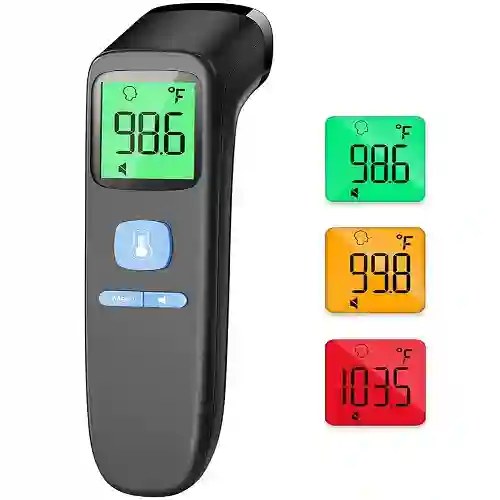
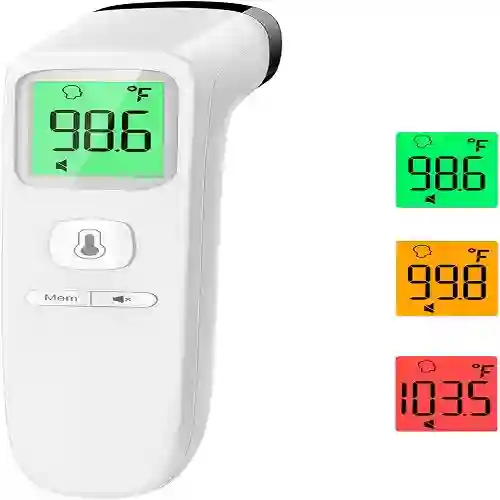
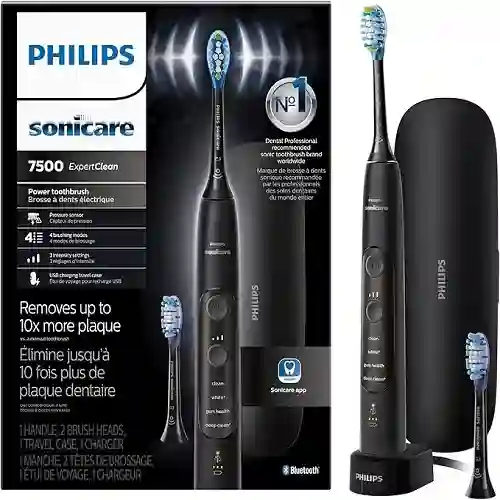
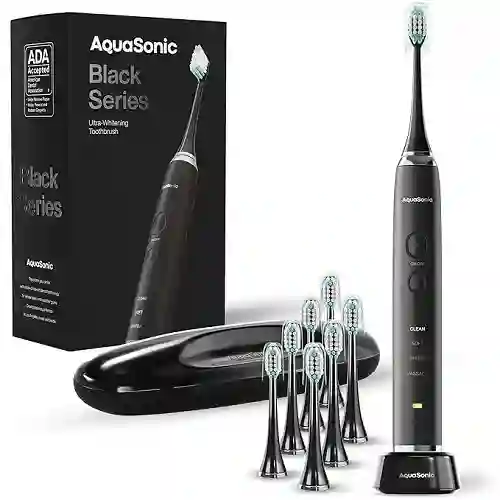
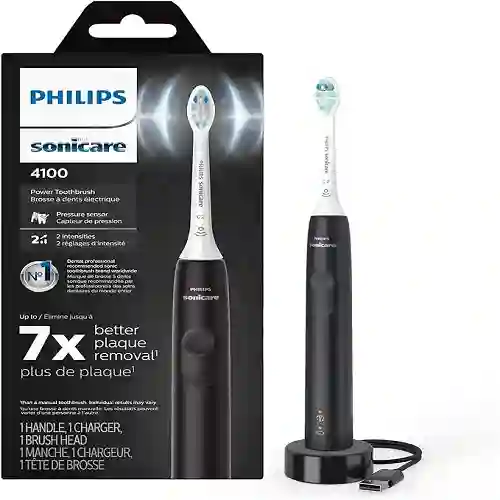
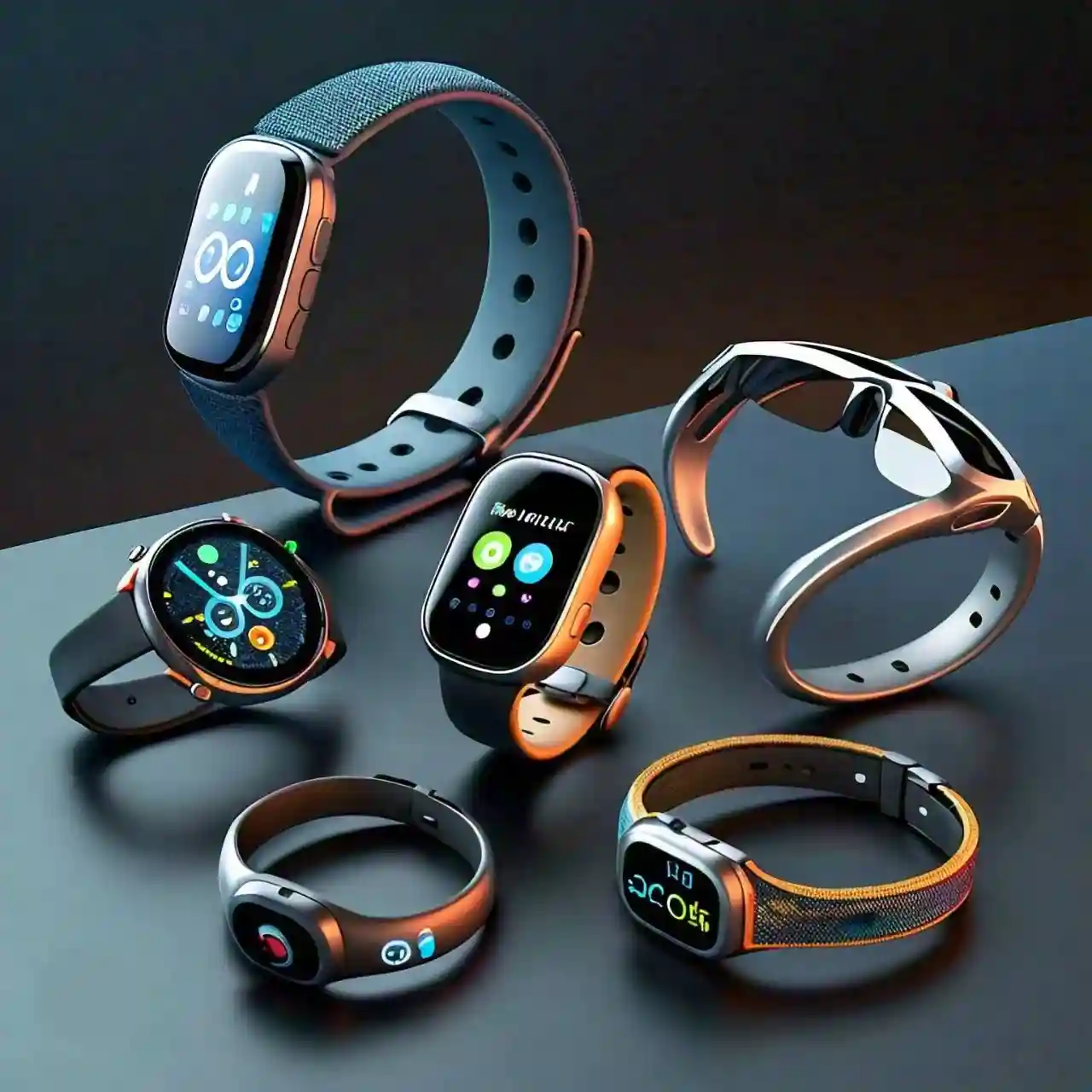
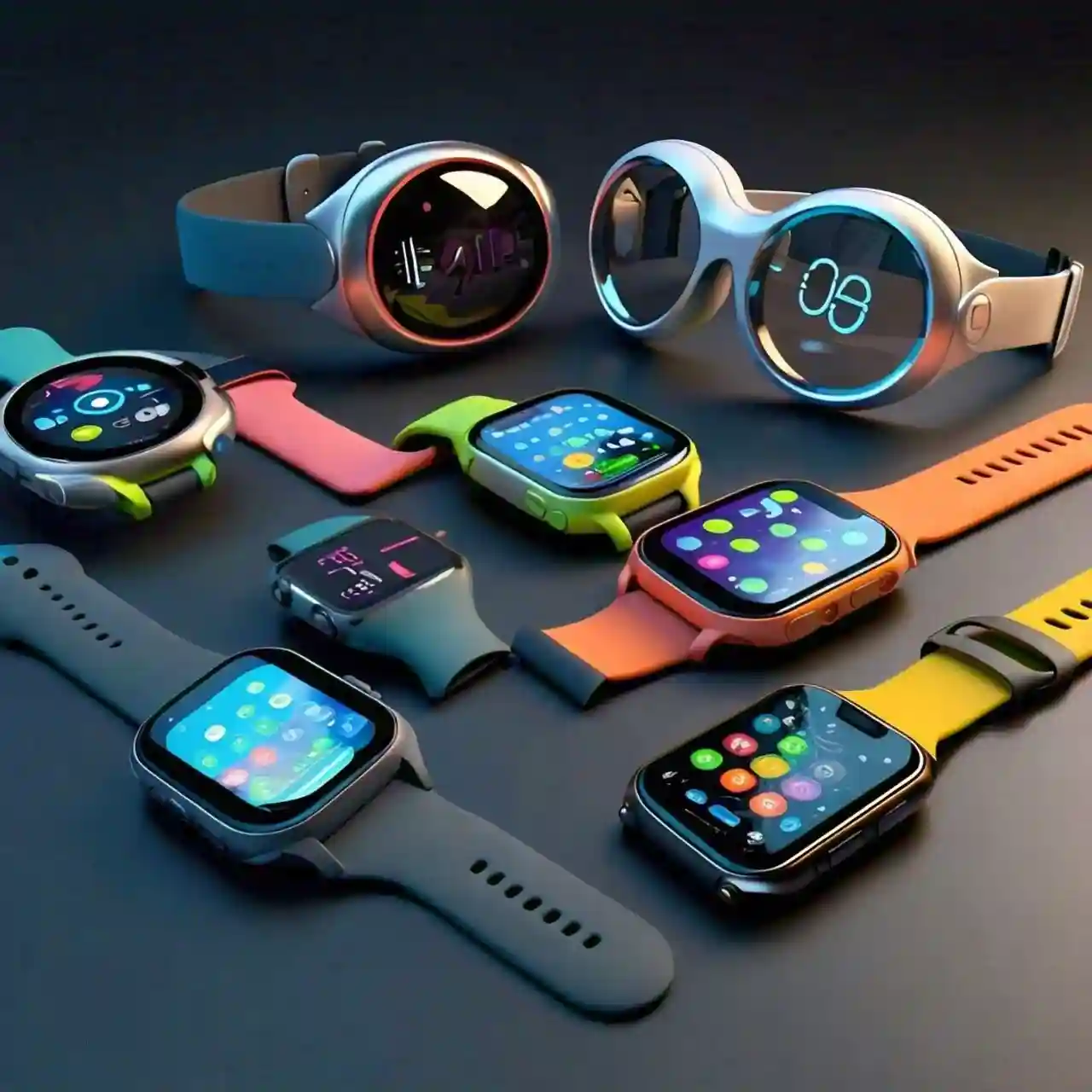
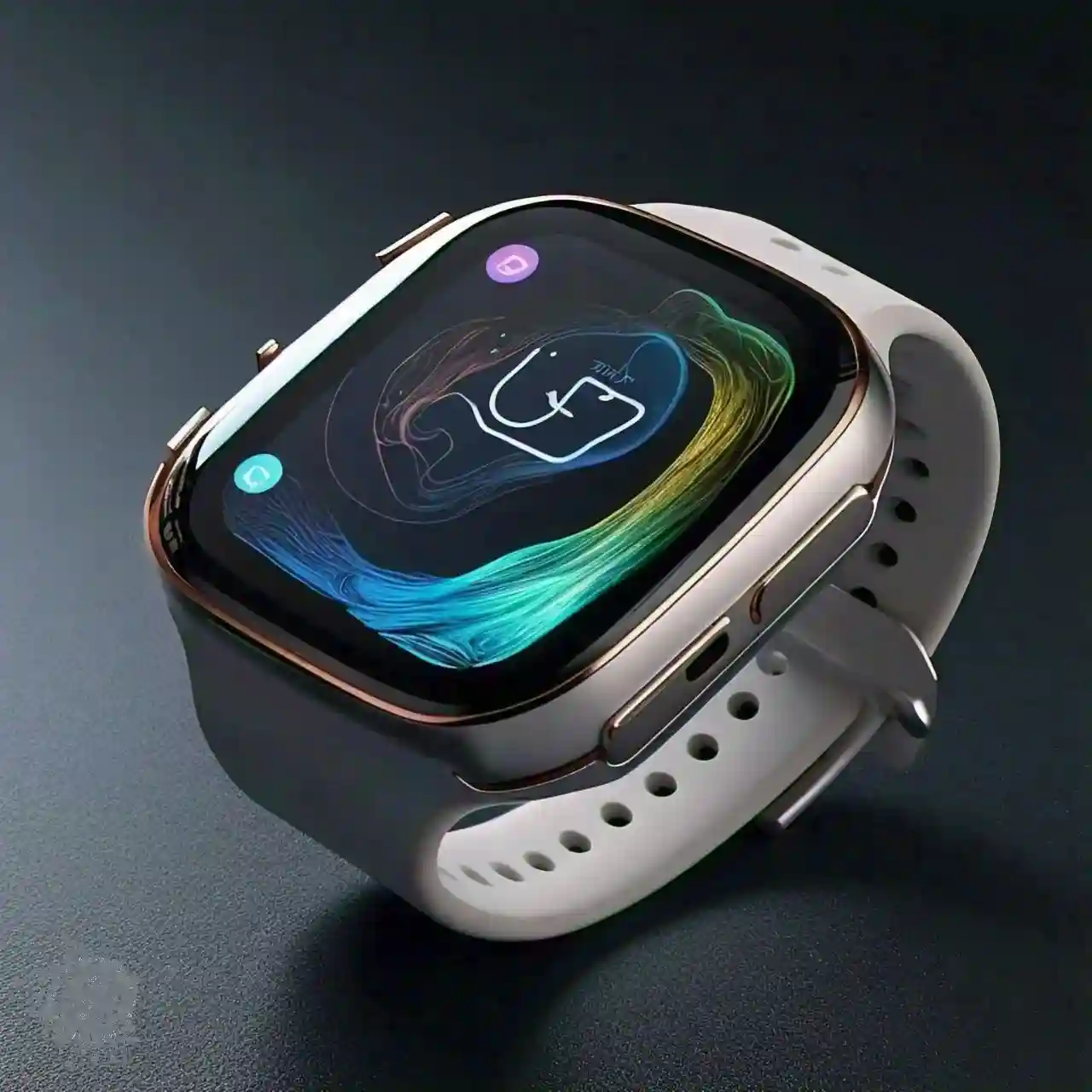


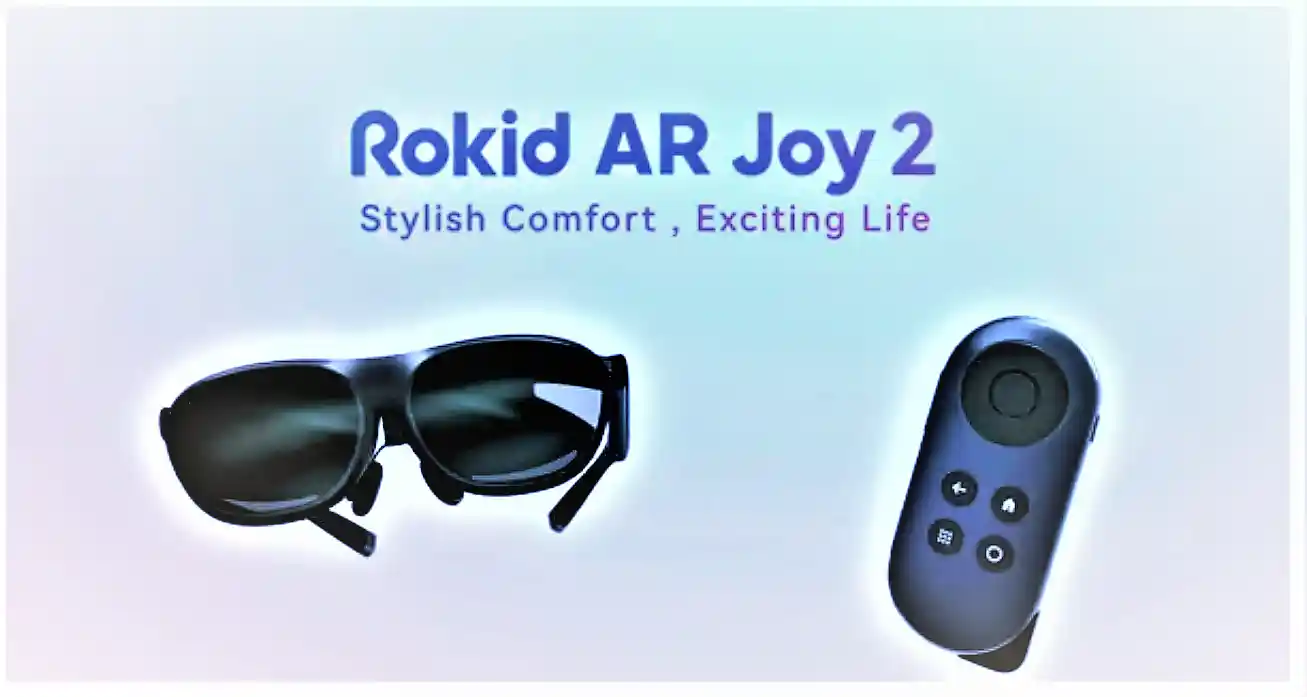
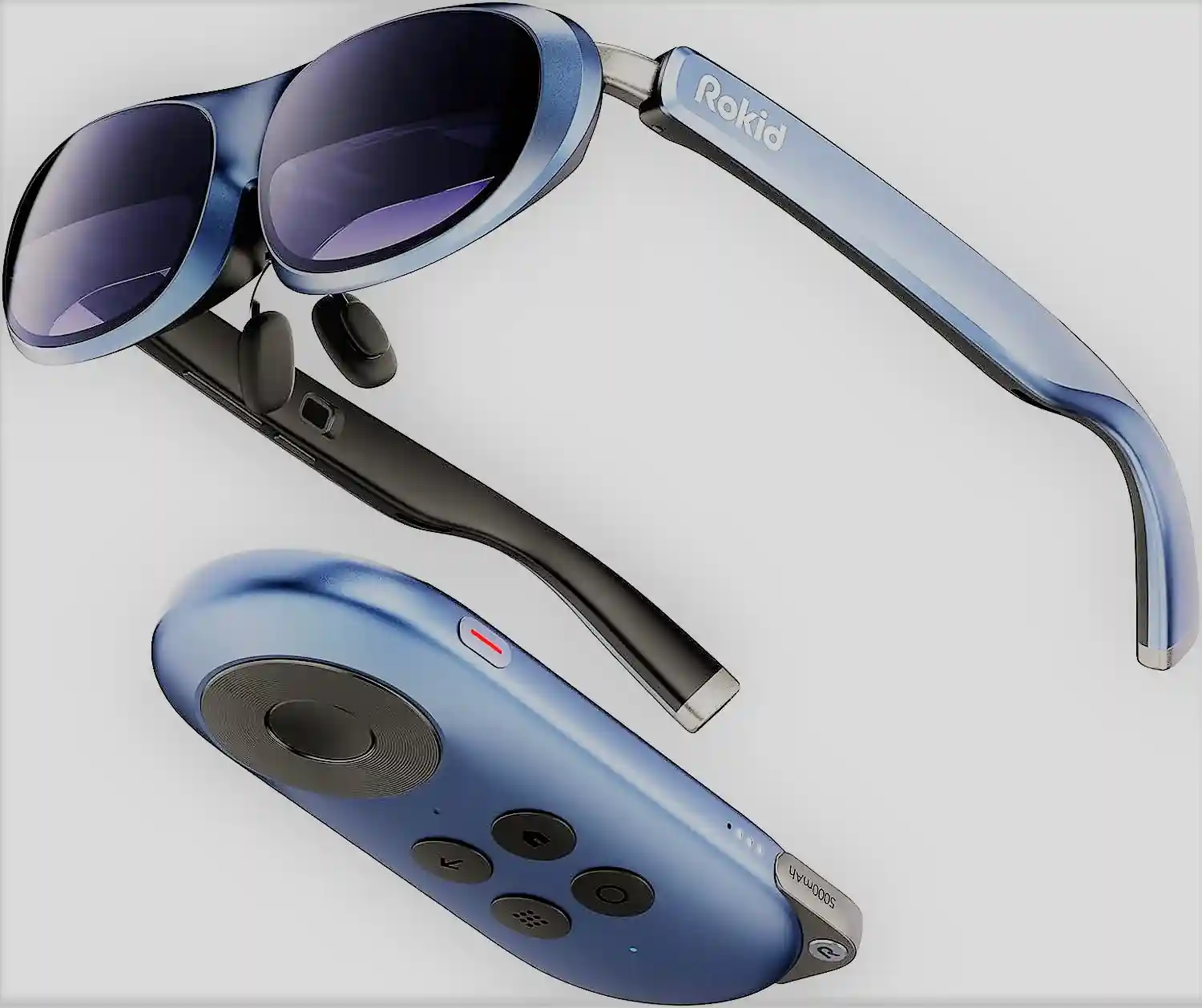
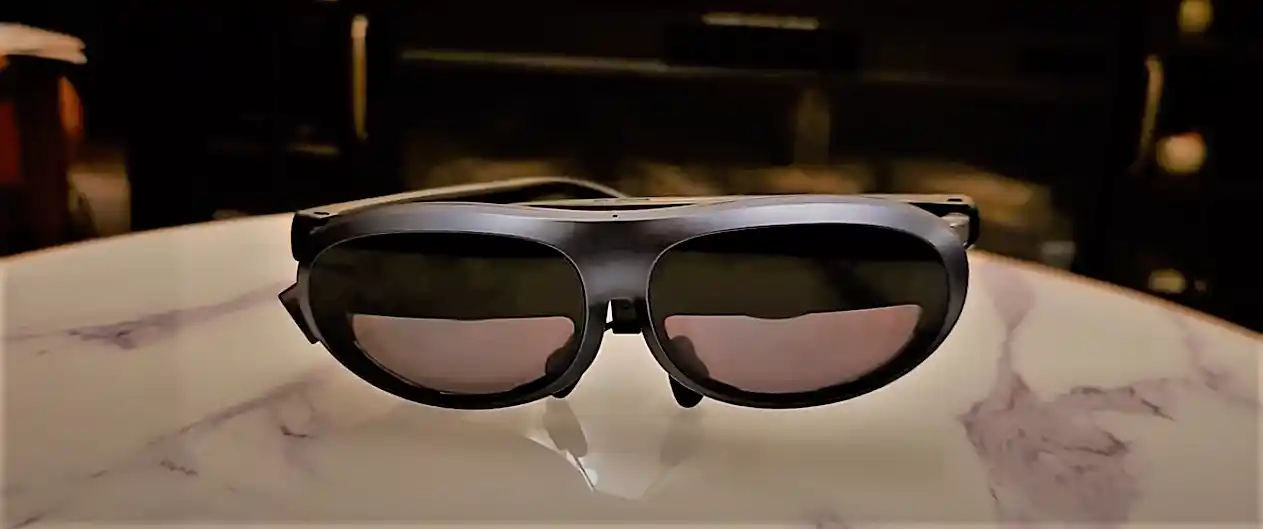
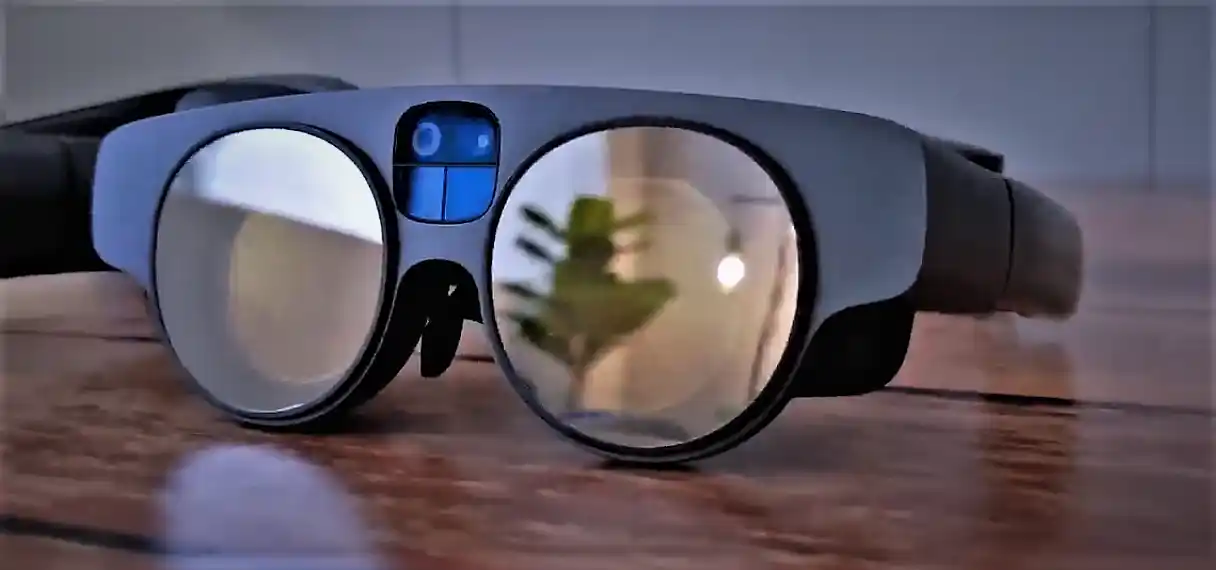
Leave a Reply